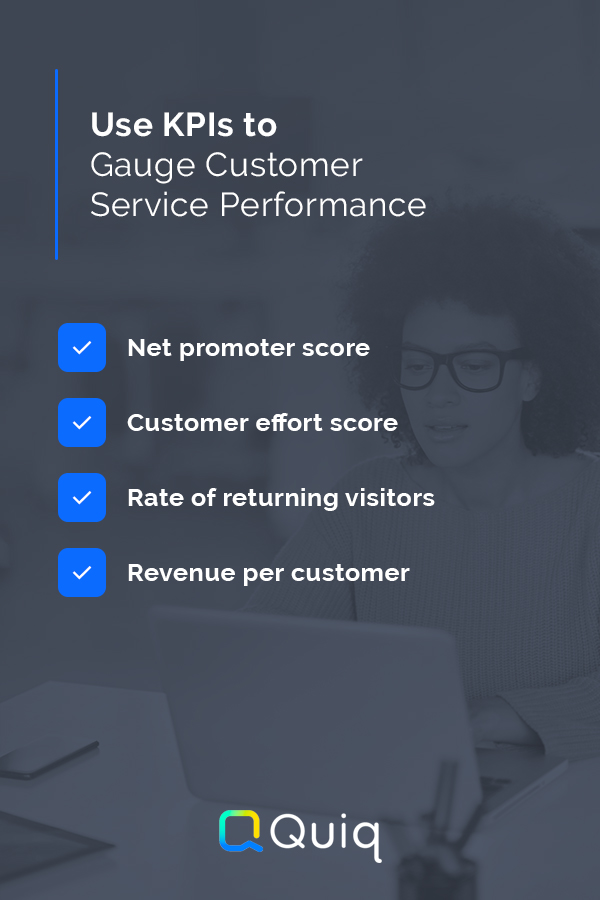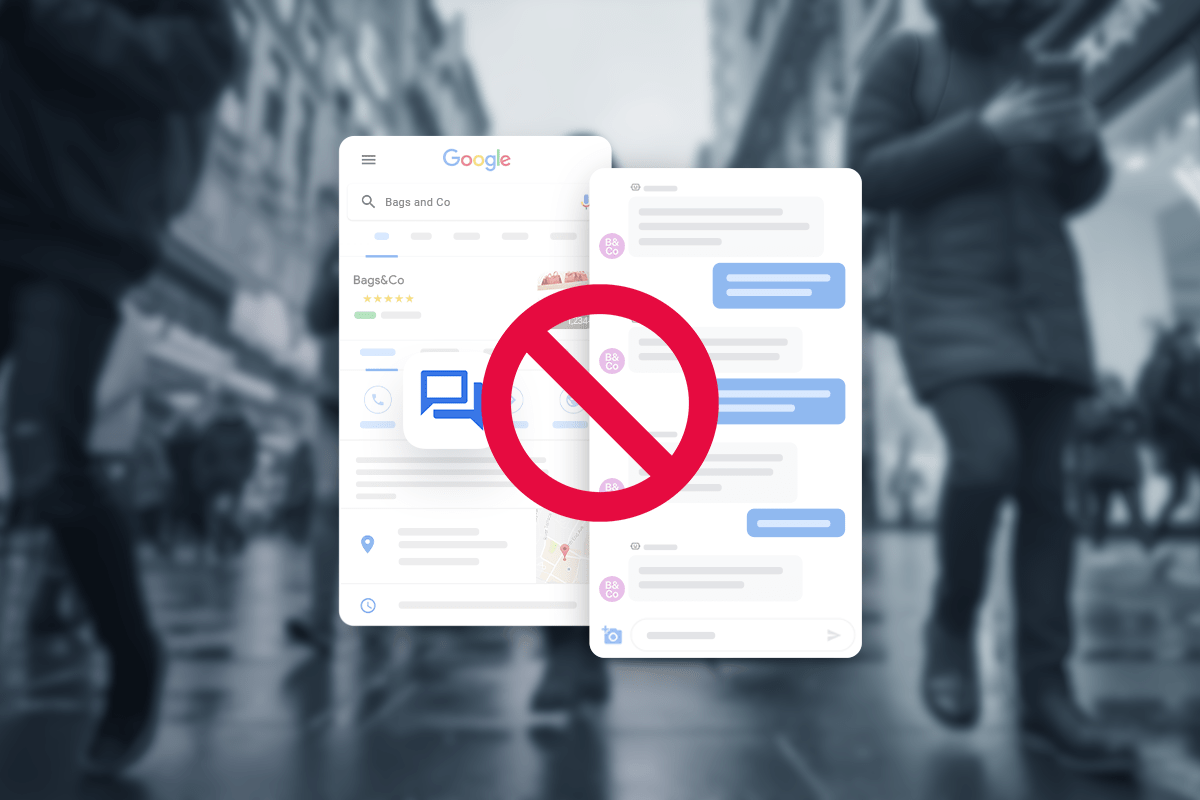More than ever before, eCommerce businesses’ overall revenue is directly tied with the quality of their customer service. Today’s customers value shopping experiences more than price or product selection and can easily transition to one of many competitors. 86% of consumers say they would spend more for a better experience, and 76% of consumers said it’s far easier now to take their business elsewhere than ever before.
According to the 2020 ROI of Customer Experience Report, 94% of consumers outstanding experience with a brand say they would recommend it to family and friends. In contrast, only 13% of consumers who had an abysmal customer experience with a brand would recommend it.
From these statistics, it’s possible to conclude that marketing and sales alone aren’t enough for eCommerce businesses to remain competitive, maintain a substantial market share, and grow their brand reputation. They need to go above and beyond to implement outstanding customer service strategies, before and after closing the sale.
Here are 5 successful customer service strategies that eCommerce brands can quickly implement to improve their overall customer experience.
1. Build a Strong Customer Service Team
Start by hiring an excellent customer service team and creating an environment that promotes staff retention.
Conversational Engagement Platforms, like Quiq, are meant to augment human agents, not replace them. When offering top-notch customer support, software can’t replace the need for well-trained and skilled customer representatives.
Here are six strategies to attract talented, customer service-minded professionals.
- Hire the right people: Hire for attitude. Look for employee representatives with empathy, patience, and excellent communication skills.
- Train employee representatives: eCommerce hiring managers must train their employee representatives to understand their products and services and connect with their customers on an emotional level.
- Equip customer service agents: Brand leaders should provide a platform to offer the best consumer experience without stress, overwork, or burnout. For example, Quiq’s Conversational Customer Engagement Platform enables companies to engage with customers across different channels in one centralized place, providing easy, simultaneous responses.
- Track agent’s performance: Using surveys, management teams should collect feedback from customers on their experiences with employees and use the insights from these ratings to evaluate each representative’s performance.
- Reward excellent performance: Incentivize top-performing employee representatives to motivate others to do more.
- Listen to employee representatives: Ask for and listen to worker feedback to understand their needs.
When hit by a significant financial setback, customer service might be one of the first places C-suite leaders look to cut costs. However, this strategy is counterproductive. According to customer experience research, 50% of consumers would switch to a competitor after a bad experience, and 80% would switch after more than one bad experience. To keep consumers from switching to competitors, managers must prioritize customer service.
When it comes to the finesse and care it takes to navigate complicated customer inquiries or assist distressed customers, nothing beats a knowledgeable, well-trained, and accessible human agent. That’s why many channels, like Apple Messages for Business and Google Business Messages require brands to have live agents to escalate conversations to.
2. Personalize Every Conversation With Consumers

Personalizing customer conversations means tailoring support and service to their exact needs and expectations.
Customizing services to meet consumer demand gives eCommerce businesses a competitive advantage in their industries, helps deliver faster support from team members, makes customers feel more connected, and reinforces a consistent sense of satisfaction.
Here are a few ways to offer personalized service:
- Engage with consumers where they already are
- Transfer consumers smoothly across employee representatives
- Mention people by their name in every conversation
- Make recommendations when the requested product or services is unavailable
- Offer free demonstrations and training to educate customers
Shoppers look toward eCommerce providers to know their needs and provide what they want. Research shows that 80% of consumers are more likely to make a purchase when brands offer personalized experiences while 72% of consumers say they only engage with personalized messaging.To win and keep business, eCommerce employees must treat consumers as people — not numbers in a sales report — with unique needs and expectations.
A conversational engagement platform can help employees provide highly personalized experiences. For example, Quiq clients, like Stio can send outbound messages to segmented customers and offer them targeted promotions. They can use Quiq’s intelligent routing feature to provide VIPs, who may spend at a certain level or who are part of their Pro Purchase Program with priority support.
3. Collect and Use Customer Feedback
Continually gathering feedback from shoppers on their experience can help eCommerce business leaders:
- Understand their consumers’ needs, challenges, and pain points
- Identify the positive and negative experiences shoppers have with their brand
- Locate the cracks in customer service
- Provide a more personalized experience for shoppers
- Build trust and make shoppers feel valued
To obtain comprehensive and useful customer feedback, company decision-makers need to implement intuitive ways for consumers to communicate with them and ensure the information provides actionable insight for improving customer service.
Here are seven ways to collect customer feedback:
- Send customer satisfaction surveys online
- Organize feedback focus groups
- Read reviews from third-party review sites
- Build an online community for customers
Gathering feedback is only the first step. Next, it’s important for managers to create an action plan on cumulative insights and train employees to leverage this information when responding to customer complaints.
Continually requesting consumer feedback will help identify any cracks in customer service and reduce the chances of a shopper feeling unsatisfied with their transaction.
4. Use KPIs to Gauge Customer Service Performance

It is not enough for eCommerce managers to train and equip their customer service teams. Measuring and tracking customer experience with the right KPIs can help the entire team understand how their consumer experience ties to overall business success, and how shoppers’ interactions with them change over time.
KPIs help eCommerce leaders appreciate their shoppers’ satisfaction level and readiness to continue doing business with them.
Here are four customer experience KPIs to track:
- Net promoter score
- Customer effort score
- Rate of returning visitors
- Revenue per customer
See the breakdown of each KPI below.
Net Promoter Score
Net promoter score (NPS) is a reflection of an eCommerce business’s customer experience. An eCommerce business’s net promoter score shows the likelihood of shoppers referring their family and friends to do business with that brand.
To calculate NPS, send a survey including the question, “How likely are you to recommend our product?” Customers provide their answers on a scale of 1 to 10.
After collecting this information, calculate NPS by subtracting the total number of entries below 5 from the total number of entries above 5.
An NPS below zero indicates a low customer satisfaction level. An NPS between zero and 30 shows more satisfied customers than unsatisfied customers. Above 30 implies that there are far more satisfied customers than unsatisfied customers. Above 70 means that customers are loyal and will be the source of a lot of word-of-mouth referrals.
Customer Effort Score
Customer Effort Score (CES) reveals how much work consumers must put into researching products and services or completing a particular task. For example, how long does it take the average shopper to get a refund, sign up, or get a request ticket answered?
Customer effort score reflects how accessible a business is to its consumers.
As with NPS, calculate CES using a survey with the question, “How much effort did you have to put in to complete this task?” Ask customers to respond on a scale of 1 to 7 or 1 to 5.
Here’s the breakdown for each scale.
On a scale of 1 to 5:
- 1 = Very high effort
- 2 = High effort
- 3 = Neutral
- 4 = Low effort
- 5 = Very low effort
On a scale of 1 to 7:
- 1 = Extremely difficult
- 2 = Very difficult
- 3 = Fairly difficult
- 4 = Neither
- 5 = Fairly easy
- 6 = Very easy
- 7 = Extremely easy
To calculate the cumulative CES, divide the sum of all consumer effort entries by the total number of entries.
The best time to measure CES is immediately after a purchase or a concluded service interaction, or when an overall customer experience report is valuable.
On a 1-to-7 scale, aim for a CES of 5 or higher. A CES lower than 5 shows shoppers are struggling with a product or service and getting minimal satisfaction from it. Above 5 means consumers find it easy to use a product or service.
Rate of Returning Visitors

The rate of returning visitors (RVR) reflects the effectiveness of customer success strategies and user experience for an online service. If shoppers enjoy their experience on the site, they’ll be more likely to return.
For an online service, calculate RVR by dividing the number of returning visitors by the number of unique visitors. The higher the value, the better the customer experience on the site.
While RVR can vary for different industries, a good RVR is 30% or more.
Revenue Per Customer
Revenue per customer (RPC) ties the overall consumer experience to a company’s bottom line.
To calculate RPC, divide the total revenue by the total customer count.
A high RPC means consumers have a consistently positive experience with a business. They are loyal, repeat shoppers who recommend the brand to friends and family.
Combined, these four KPIs provide insight into the quality of customer service, the satisfaction consumers derive from a product or service, and areas for improvement.
For example, a CES below 5 for contacting support could mean one or more of the following:
- Customers don’t receive a timely response
- Consumers must try multiple channels to access the customer service team
- Customers must repeat themselves to every new call center agent they interact with
- It takes a long time for representatives to resolve their issues
Company executives should dig deep to uncover the factors producing the low KPIs and benchmark their KPIs with their competitors to know where they stand.
5. Provide a Consistent Cross Channel Experience
A cross-channel customer service strategy allows eCommerce employees to provide seamless and consistent customer support across different channels. Shoppers can switch between, SMS, webchat, and social media without any service interruptions or inconsistencies in quality.
Cross-channel customer service helps shoppers get quick responses to their needs, improves the brand’s reputation and trust, and boosts consumers’ positive experiences.
Here are seven strategies to implement a cross-channel experience:
- Ensure customers can reach employee representatives offline and online on the platform of their choice
- Implement seamless transition when moving customers from one call center agent to another
- Maintain comprehensive documentation on each customer to help call center agents continue conversations based on the last engagement
- Build mobile-friendly customer support pages to provide mobile consumers a smooth experience
- Respond on time to customer queries on all channels and present practical solutions to their needs
- Create a comprehensive self-service solution to help customers solve their problems by themselves
- Present a unified front and ensure every team and department collaborate and share information
Today, 95% of customers use three or more channels to connect with a company in a single service interaction and that 65% of customers expressed frustration over inconsistent experiences across channels. Establishing a presence on all available platforms might spread a company’s resources too thin and lead to inconsistent, negative experiences. Instead, focusing on meeting consumers where they are and establishing unified, consistent experiences on their most used channels will create a better overall customer experience.
With Quiq’s cross-channel digital messaging platform, employees can provide a consistent experience for consumers across different digital platforms.
Also, to implement the best customer service strategy, nothing beats working with the right conversational customer engagement platform. Ideally, interacting with consumers will be easy and fun for employees and provide frictionless support for shoppers, while increasing the brand’s competitive advantage, market share, and overall revenue.
Invest in a Quality Customer Engagement Platform
More than ever, consumers want to do business with brands that make it easy to browse, shop, complete transactions, and get support on the consumers’ terms. eCommerce businesses can gain a significant competitive advantage by providing these experiences through seamless engagement via digital channels.
Improving customer success and satisfaction is a long-term plan that requires buy-in and commitment from management, investment in training employee representatives, collecting feedback consistently, measuring the right things, and investing in a platform to manage everything.
Quiq is a conversational customer engagement platform that enables enterprises to unify SMS, email, chat, and social media interactions with their consumers all in one place. Request a demo to see how Quiq can help employee representatives provide a seamless customer service experience.





